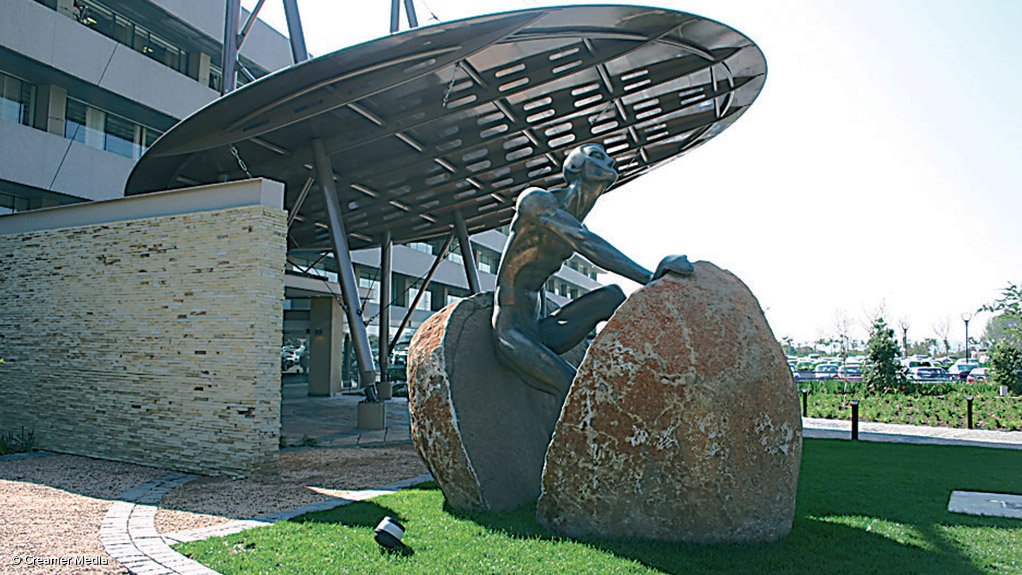Power utility Eskom is determined to try to get the extra 12.61% increase it needs from the National Energy Regulator of South Africa (Nersa). This would push its price hike request to 25.3% for this financial year.
Eskom spokesperson Khulu Phasiwe said if the increase was granted, consumers would have to take the heat, as the utility needed an extra R39-billion for the bulk purchase of diesel, as well as to buy electricity from independent power producers.
“This is going to be a huge increase. I’m afraid the taxpayers, the consumers, we are ultimately going to have to foot this bill,” he said on the sidelines of the African Utility Week conference.
“We have done the calculations and 23.1% is what we are looking for for the current financial year. We expect to ask for single-digit increases for the subsequent two years,” he added.
Phasiwe said the high cost of diesel to generate electricity was one of the reasons the utility needed more money. Eskom has increasingly been relying on power stations such as Ankerlig, in the Western Cape.
“These days we have been using diesel almost on a daily basis. We start running from 06:00 in the mornings. Ankerlig uses about 420 000 ℓ of diesel an hour. Ideally these generators are only supposed to run for three hours, but because we don’t have enough generating capacity at our coal-fired power stations; we have to keep them burning for up to nine hours a day.”
Phasiwe told Engineering News Online that Eskom sold its electricity at 74c/kWh, yet it cost R3/kWh – four times as much – to generate electricity using diesel.
Electricity from coal-fired power stations cost R1.30/kWh to generate.
“This is why we need more money from the regulator.”
Eskom gets most of its diesel from PetroSA and Chevron, which Phasiwe said currently had enough supplies.
MEDUPI UPDATE
Meanwhile, Phasiwe noted that the utility had requested all workers to leave the property at strike-hit Medupi. He said some striking workers had taken over the hostels and were using them as a base to intimidate people who wanted to go to work.
“We want everyone to leave our property so that we can take stock as to who is on strike, and who is not on strike. Those who want to continue to work will be allowed back into the hostels.”
He said he hoped some work would get under way again next week, with full production the following week. He lamented the seven-week delay, but was hopeful that workers would be able to make up for lost time.
“Medupi ideally should have been fully operational in 2013. We are in 2015 and we only have one unit running. We have five more to go. We still have a big mountain to climb. It may affect our termination dates in terms of completing what we need to do,” Phasiwe said.
Further, he noted that Eskom planned to scale down on load-shedding over winter.
“Over the past few years, Eskom hasn’t done load-shedding in winter. Our engineers are relatively comfortable that we will be able to do the requisite maintenance we need to do, so that by winter this year we will have most of our generators running, so that we don’t need to do load-shedding.”
He said 800 MW from the first unit of Medupi would soon come on stream, while the Koeberg power station, which had been undergoing maintenance, was also expected to be back in operation.
“They are synchronising it back to the grid and it should be ready by the end of the month.”
EMAIL THIS ARTICLE SAVE THIS ARTICLE
To subscribe email subscriptions@creamermedia.co.za or click here
To advertise email advertising@creamermedia.co.za or click here











